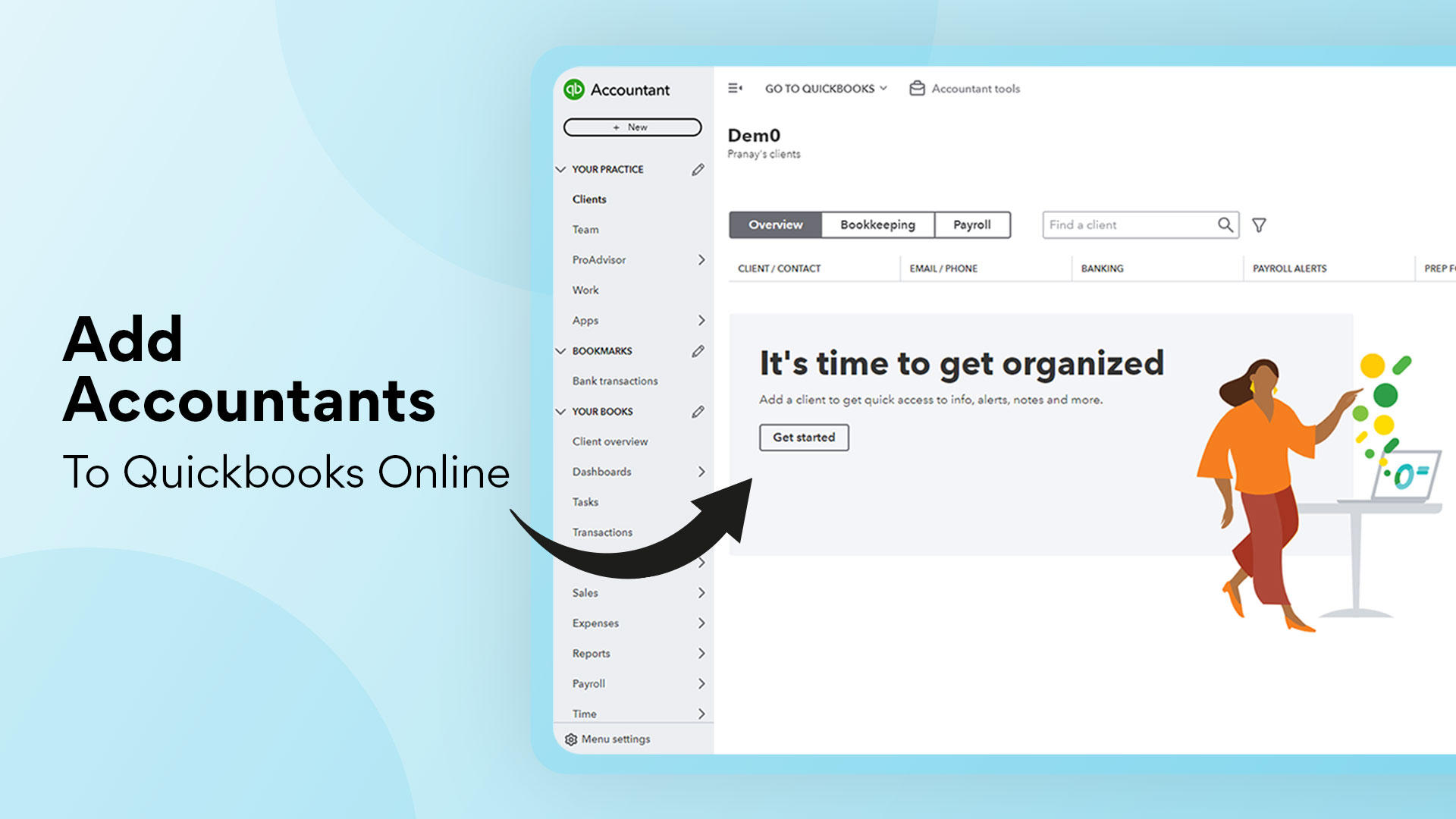Year End Close Process: 5+ Best Practices to Accelerate

Are you looking to speed up your Year-End Close process in 2024?
Here are 5 best practices that can help you accelerate the Year-End Close, ensuring a smooth transition into the new fiscal year!
The year-end close process might seem overwhelming, but with a well-structured approach, it can be simplified significantly.
By integrating efficient practices, regular updates, and leveraging technology, you can turn this once-daunting task into a streamlined routine.
Here’s what you need to know:
If your year-end close process is disorganised or outdated, you’re not just wrapping up the year; you're risking costly errors and inefficiencies.
The solution?
Keep your financial processes updated and well-managed throughout the year.
But what exactly should you focus on?
🔥 Regularly updating financial records and reconciliations,
🔥 Ensuring compliance with the latest financial regulations,
🔥 Using automation tools to streamline tasks,
🔥 Involving your finance team early in the process.
And guess what the most critical part of your financial management is?
Wait for it…
Year-End Closing!
Got it? Great!
Today, let's look into:
👉 The 5 best practices for a seamless annual financial close,
👉 How to effectively implement these practices to manage and monitor your financial tasks,
👉 Strategies to speed up your annual close, making it more efficient than ever,
Are you ready to tackle the year-end close with confidence? Let’s get started!
What is the Year End close or Fiscal year close process?

The Financial end of the year close process is a critical function in accounting, marking the culmination of the fiscal year.
This period is essential for ensuring financial accuracy, compliance, and preparation for the upcoming year.
Understanding and mastering the fiscal closing process can help businesses avoid errors, streamline operations, and improve financial health.
The fiscal year closing, involves finalising all financial activities and preparing comprehensive financial statements.
This process includes reconciling accounts, making necessary adjustments, and closing temporary accounts to start the new fiscal year fresh.
Unlike the month-end close, which is performed monthly, the annual closing encompasses the entire year's financial activities and is far more comprehensive.
Here's a quick video on how to smooth annual closing process using Xenett.
What are the Best Practices for Fiscal Year Close?

Let’s go through some best practices for making your annual closing easier and more accurate:
#1. Start Early:
First, start early. Don’t wait until the last minute to begin your annual closing.
Begin gathering and organizing your financial information well before the end of the year. Involve your entire finance team in the process.
Everyone should know their roles and responsibilities.
Use a detailed checklist to ensure you don’t miss any steps. And remember, open communication is key. Make sure everyone is talking to each other and addressing any issues right away.
#2. Eliminate Manual Process
To keep things running smoothly, automate tasks where you can.
For example, use accounting software to handle repetitive tasks like reconciling accounts or generating financial statements. This saves time and reduces errors. Keep your records organized throughout the year.
Don’t let receipts, invoices, and other documents pile up. Regularly review your finances so you can catch any issues early and avoid last-minute surprises.
Try Xenett here. It will help in automating almost every task you have in accounting.
#3. Implement a better month-end close process
If your month-end close process is effective, you may encounter fewer stressful tasks during the annual closing. When we follow best practices during the month-end close, most issues are resolved on time.
As a result, you won't have to be concerned about the accuracy of your books throughout the year.
Also read: Best Practices For The Month-End Close Process
#4. Create a fiscal year closing checklist
A standardized checklist can assist you in streamlining the fiscal year closing process. The fiscal close checklist keeps you on track and ensures that nothing critical is overlooked as you work.
To make your fiscal year close go more smoothly, use our thoroughly written checklist.

#5. Closely review financial statements
Once all adjustment entries have been completed, the CFO or finance team manager compares the current annual totals to the previous year-end totals. Vertical and horizontal balance sheet analysis might assist you in identifying concerns for further examination.
Now that we know the best practices to accelerate your annual closing process, let's move on to the steps to be taken or steps involved for a smooth fiscal process.
What are the key steps in the Year-End Close Process?

Here are the key steps involved in the annual closing process:
#1. Preparing Financial Statements:
- First, you need to put together important documents like balance sheets, income statements, and cash flow statements.
- These documents will give us a clear picture of the company's financial health at the end.
#2. Reconciling Accounts:
- Next, you need to make sure all your accounts are accurate.
- This means checking that every transaction matches your bank statements and other records.
- It's like double-checking your bank statement to ensure you haven't missed anything.
Also, verify the amounts you are owed (receivables) and what you owe others (payables).
#3. Reviewing and Adjusting Journal Entries:
After that, take a look at your journal entries to correct any mistakes or missing information.
This might involve making adjustments for things like expenses that need to be recorded now (accruals) or expenses that should be moved to the future (deferrals).
#4. Closing Temporary Accounts:
- Finally, you will transfer the balances from temporary accounts like revenues, expenses, and dividends to permanent accounts such as retained earnings.
This step helps you start fresh in the new year with a clean slate.
By following these steps, you can ensure your financial records are accurate and ready for the next year.
What are the Year-End Close Activities involved in Accounting?

Here's a closer look at what you'll need to do.
- Start with inventory counts to make sure everything matches your records.
- Review fixed assets, like machinery and equipment, to confirm their value.
- Assess any risks, which are potential liabilities that might need to be accounted for. Go through all your financial transactions and supporting documents thoroughly.
Checklist for Year-End Closing Procedures:
Using a checklist can help you stay on track. Your checklist should cover everything, from gathering initial data to preparing the final financial statements.
Make sure you tick off each item as you go to ensure nothing is overlooked.
By following these practices and tips, and considering tools like Xenett to help you, you can make your annual close process much smoother and more accurate.
This way, you’ll start the new year with confidence in your financial records.
Now with everything comes challenges, let's move on to see what challenges comes in the annual closing process.
What are the challenges with the Fiscal year close?

Unexpected issues during the annual closing are very common in accounting. Some of the most difficult issues with the fiscal year close arise during the review phase.
#1. Unexpected delays
There can be delays in collecting the data from various sources, such as spreadsheets, sub-ledgers, and external systems.
Delay in making adjustments to journal entries and then reconciliations.
This covers recording the transactions that were not recorded during the year, such as accruals and deferrals.
Sometimes, you can face unexpected delays in compiling and formatting the financial statements.
These may include a balance sheet, income statements, and cash flow statements.
#2. Poor communication
Poor communication can have a severe impact on the entire fiscal year close process.
Financial data that is not exchanged in a timely manner or that is shared but contains mismatched data can have a significant impact and delay on the year-end close process.
#3. Lack of financial automation
Accountants may find the fiscal year close process tedious. There are numerous tasks to perform before the deadline.
In such cases, you'll need a financial automation tool to help you automate accounting tasks and speed up the year-end close process.
Many accounting firms rely on Xenett to review and close the books more quickly because it is an intelligent clean-up tool that can autodetect errors and ease the closing process.
But can you overcome these challenges? Yes!
Let's see how.
How Can You Improve the Year-End Close Process?
Improving your fiscal year close process can save you time, reduce stress, and increase accuracy.
Here are some strategies you can use to make this process better:
- Continuously Review and Refine Your Close Process:
Regularly look at how you close your books each year. Ask yourself and your team what went well and what didn’t. Find areas where you can make things quicker or easier. Make small changes as needed to keep improving your process over time.
- Invest in Training for Your Team:
Make sure your team knows how to handle the year-end close process effectively. Provide training sessions to teach them the latest methods and tools. A well-trained team can work more efficiently and make fewer mistakes.
- Adopt New Technologies:
Use modern tools and software to help with your year-end close. Tools like Xenett can automate many of the tasks, such as reconciling accounts and managing journal entries.
This makes the process faster and more accurate. Keeping up with new technologies can greatly improve your efficiency.
- Implement Best Practices:
Follow industry best practices to ensure a smooth year-end close. This includes starting the process early, using checklists to ensure nothing is missed, and keeping open communication within your team.
Best practices are proven methods that can help you avoid common problems.
- Regularly Seek Feedback:
Ask your team for feedback after each annual close. Find out what challenges they faced and what they think could be improved.
Listening to your team can provide valuable insights into how you can refine the process.
- Ensure Your Process Evolves with Your Business Needs:
As your business grows and changes, your fiscal close process should evolve too. Regularly review your procedures to make sure they still fit your business’s size and complexity.
Adjust your process to meet new challenges and requirements.
By continuously reviewing and refining your process, investing in training, adopting new technologies, following best practices, seeking feedback, and evolving with your business needs, you can greatly improve your annual close process.
This will help you finish your financial year smoothly and accurately, allowing you to start the new year with confidence.
Finally!
Wrapping up the annual close process might seem overwhelming, but with the right approach, it doesn’t have to be.
By adopting these best practices—keeping your records up to date, ensuring compliance, using automation, and getting your finance team involved early—you can turn this daunting task into a manageable routine.
Tools like Xenett can make a huge difference by automating repetitive tasks and helping you stay on top of your financial game.
Imagine a smoother, faster, and more accurate close process that gives you more time to focus on what really matters.
Remember, it's all about continuous improvement. Regularly review your process, invest in training your team, and keep up with the latest tech.
Listen to feedback and adapt as your business grows.
This way, your annual close becomes not just a task to check off, but an opportunity to set your business up for success in the new year.
So, take a deep breath and dive in. With these strategies, you'll handle your annual close with confidence and ease, ensuring a fresh start for the upcoming fiscal year.
You’ve got this!

.svg)







